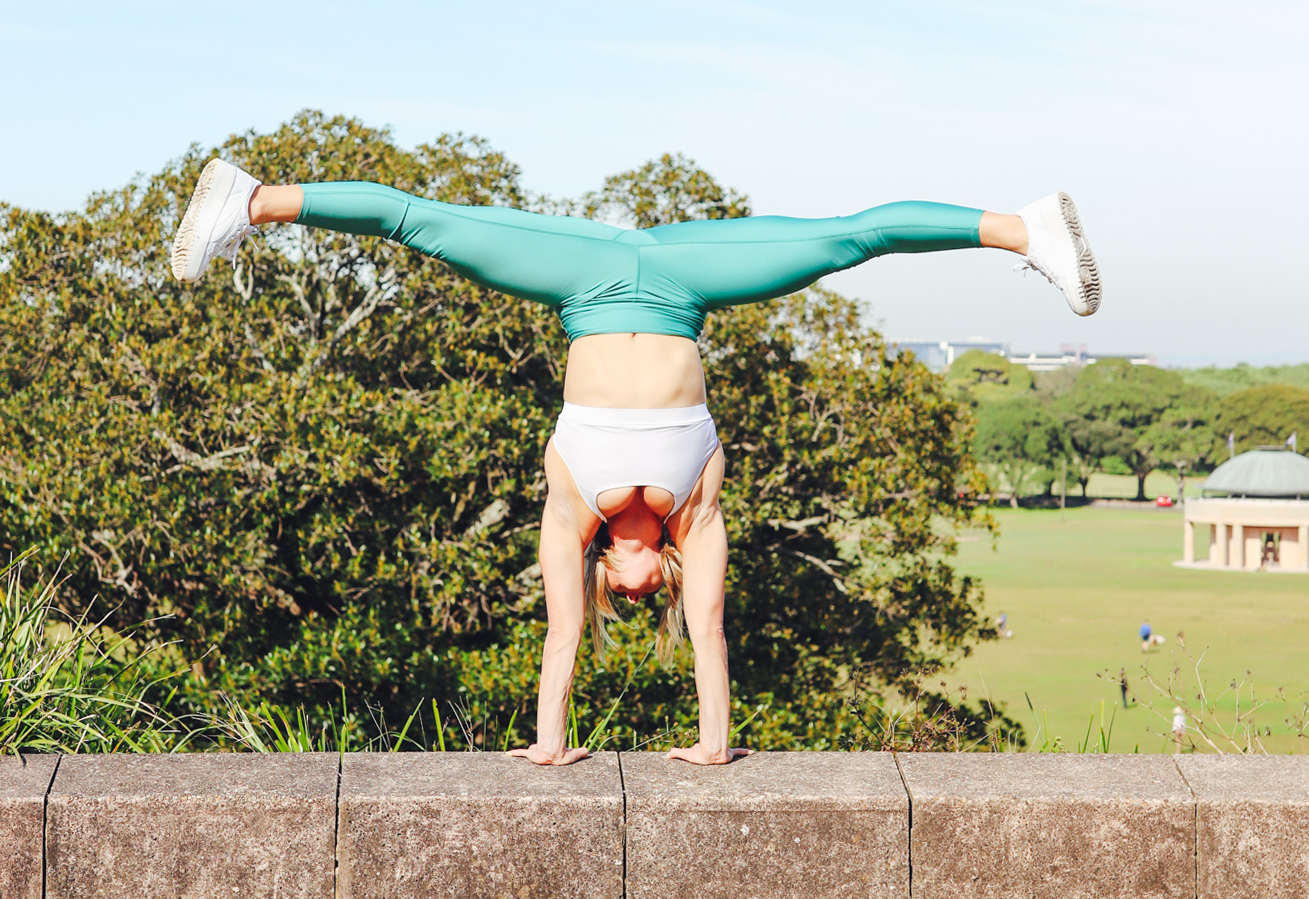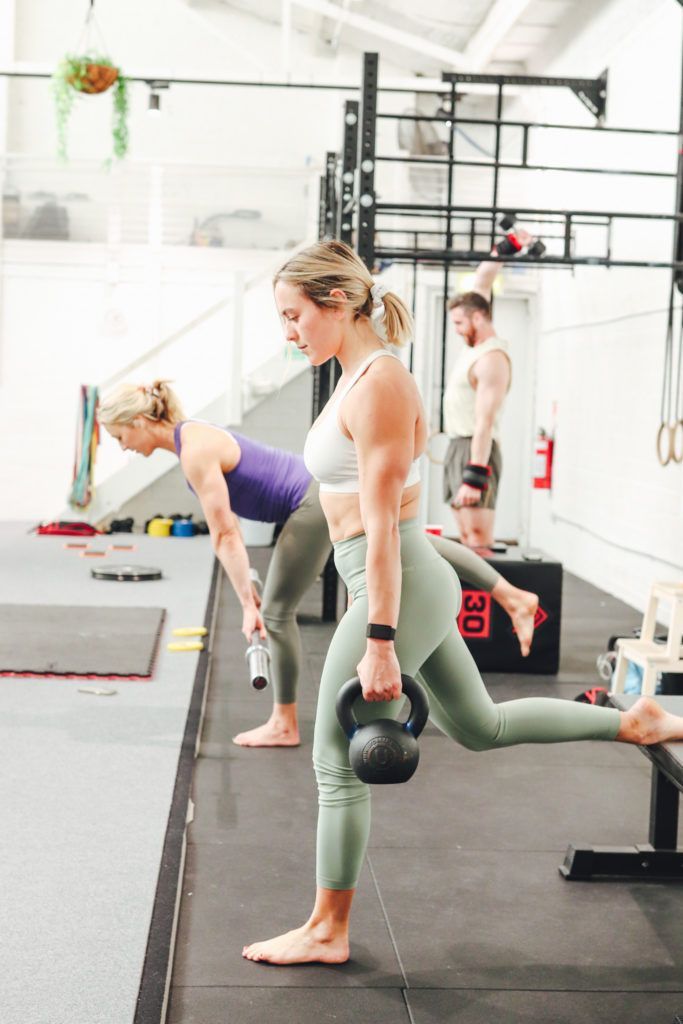IN PURSUIT OF ‘GOOD MOVEMENT’
When we think about it, we might find ourselves wondering: but what is ‘good’ movement? Can a movement be ‘good’ for one context, but not for another? How do we know when what we’re doing is ‘right’ or ‘wrong’? Is there a time when our movement can be ‘less good’ for a specific purpose?
So many questions, so little time!
Of course, as we continue to develop our physical training and become more comfortable in the gym, these kinds of questions become both more pressing and more intriguing to us. We become conscious of the vastness of this training—just how big it is, how complex is the achievement of true mastery—and at the same time, we start to realise just how little we know. Luckily, this is where we can draw on the expertise of masters in the field to help us re-conceptualise what we’re doing and what it means.
So, then… what actually is good movement?

DEFINING GOOD MOVEMENT
For our purposes, good movement refers to that movement undertaken consciously and within our chosen parameters, for a defined and specific purpose. Breaking this down, we get:
CONSCIOUS MOVEMENT
‘Conscious movement’ refers to our decision to perform an action with an active awareness of what we’re doing… regardless of whether the action is something seemingly simple, like a bicep curl, or more overtly complex, like a handstand or snatch. This concept is all about mentally engaging with our bodies, rather than merely throwing them through space without thought or intent.
WAIT: I HAVE TO BE THINKING THE WHOLE TIME?
Well, no. Not exactly. Of course, there are always things our bodies are going to do without the need for conscious thought—like breathing! But particularly when we’re learning new and complex things, we need to focus on what we’re doing in order to get the true benefit of doing it… the most ‘bang for our buck,’ as it were.
As we progress, things that once required a lot of our concentration become more automatic. This typically occurs precisely because we have spent a lot of time consciously drilling that movement pattern so that the body is able to replicate it instinctively. Does this mean the requirement for conscious movement disappears? Not quite.
MOVEMENT WITHIN CHOSEN PARAMETERS
In our training, we choose the conditions within which our movement is considered ‘good’. What are these conditions?
Think about the very first time you kicked up to a freestanding handstand. If you haven’t done so yet, let me assure you: you are going to fall, probably very quickly. On face value, perhaps we could say that this is therefore not good movement: you fell, quickly, didn’t you? The one or two-second balance you may have caught while upside down wasn’t aesthetically perfect and we know it wasn’t controlled or physically adept because, well—you fell.
But determining, based on the criteria outlined above, that this is not good movement would be wrong. What are our parameters? It’s your first ever attempt! You were thinking hard about pushing through your shoulders and kicking with enough force to get your hips stacked. You were focused on gripping the floor with your fingers. In short, within your capacity for the movement, you did the best you could to achieve the movement’s aim… which leads us into the next point.
MOVEMENT FOR A PURPOSE
Why are we moving? The final aspect of good movement is conducting movement with a purpose, because the purpose can change our approach. We can conduct exactly the same exercise in multiple different ways to fulfil different purposes, so knowing what our purpose is is absolutely crucial to achieving good movement.
Following on from the example above, if you’re aiming to achieve a solid freestanding handstand, then the purpose of that focused and deliberate kick up attempt is to build your confidence and awareness. And the bigger picture?

CONSIDERING THE AIM
We always need to consider the big underlying why of performing a movement. If our aim is to develop a strong straight freestanding handstand, this lends itself to a wide variety of different movement… movement that, on first look, might not look like what we consider ‘good movement’.
PUSHING THE BOUNDARIES OF OUR MOVEMENT
Part of developing strength, endurance capacity, or the technical limits of a skill is pushing to the very edge of our capacity. This allows us to see how far we can go (which in turn inform the rest of our training), and also further expands our capacity by forcing our bodies to the edge. Obviously, this should only be done with intent, rather than maxing out every single day and without an overarching plan… but sometimes we need to push, and push hard, and part of testing our limits in this way is a degradation of form. This degradation is acceptable because it falls within our bigger general aim.
PROGRESSION, REGRESSION
Within this training spectrum, it’s vital that we consider the role of progression and regression. Regression is far too often perceived as a negative word, but it’s not about going backwards. Rather, we need to reimagine ‘regression’ as finding the exercise level at which we can achieve the goal. It’s only by finding our ideal execution level that we can build the strength, flexibility and awareness necessary to develop the skill and move forward. Ego can come into the gym with you, sure… but it’s going to block your progress at every turn. Leave it behind, find the right level for your capacity in the moment, and watch as your progress accelerates.
IMPROVEMENT IS INDIVIDUAL!
Finally, remember that everyone’s markers for improvement are highly individualised and, just as importantly, highly subjective. It’s easy to see when we add another kilo to our back squat; it’s much, much harder to see (yet just as crucial to our progression) when we rebalance from a difficult spot that we once couldn’t, or we just feel better, or our range has improved slightly. The challenge in clearly delineating these improvements doesn’t make them less valuable. They’re a vital part of developing good movement and if we engage consciously with our training, we’ll become increasingly aware of these subtle indicators of growth.
— We look forward to seeing you in the gym!
